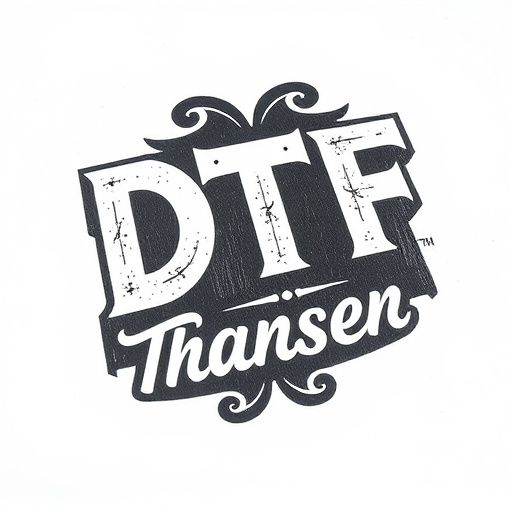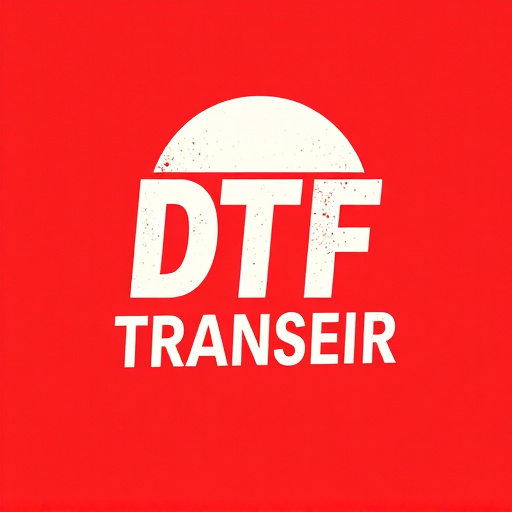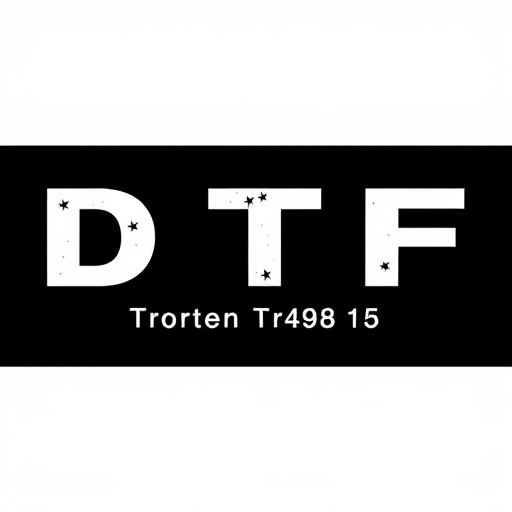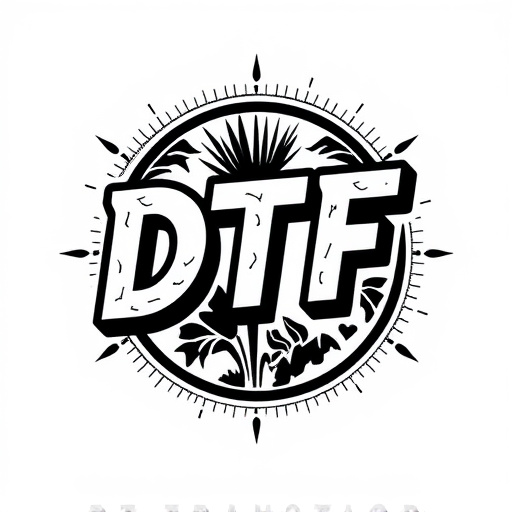Direct-to-Film (DTF) transfer technology revolutionizes printing with high-quality, intricate designs on various films. Popular in signage, packaging, and fashion, DTF offers vibrant colors, precise details, and diverse material options. Starting a DTF company requires market research, targeting specific audiences, and strategic planning. It involves significant investment in specialized equipment and high-quality materials, meticulous legal and financial management, and effective marketing through SEO, social media, and email campaigns. Success hinges on stringent quality control practices using premium materials and skilled technicians to ensure customer satisfaction.
Establishing a direct-to-film (DTF) transfer company offers an exciting path in the dynamic world of printing. This comprehensive guide navigates the process, from understanding cutting-edge DTF technology and its capabilities to identifying your target audience and marketing strategies. Learn about the equipment, materials, legal considerations, and quality control best practices essential for success in this emerging market. Discover how to create vibrant, durable DTF prints that cater to diverse client needs.
- Understanding Direct-to-Film Transfer (DTF) Technology
- Market Research and Target Audience Identification
- Equipment and Material Requirements for DTF Printing
- Establishing Your DTF Transfer Company: Legal and Financial Considerations
- Marketing Strategies for Promoting Your DTF Services
- Best Practices for Quality Control and Customer Satisfaction
Understanding Direct-to-Film Transfer (DTF) Technology

Direct-to-Film (DTF) transfer technology has revolutionized the way we produce prints and graphics. It’s a cutting-edge process that enables high-quality printing directly onto various film surfaces, offering unparalleled versatility and efficiency. DTF Transfer involves advanced machines that apply ink or dye to a flexible substrate, allowing for intricate designs and detailed prints. This method is particularly popular in industries like signage, packaging, and even fashion, where unique and visually appealing finishes are sought after.
With DTF Printing, businesses can achieve exceptional results with vibrant colors, precise detail, and a wide range of material options. It’s an innovative approach that combines traditional printing techniques with modern technology, making it an attractive solution for many applications. Whether for creating eye-catching billboards, personalized gift items, or custom clothing designs, DTF Transfers offer endless possibilities for creative expression and product customization.
Market Research and Target Audience Identification

Before launching a direct-to-film (DTF) transfer company, conducting thorough market research is paramount. This involves understanding industry trends, analyzing competitors’ offerings, and identifying gaps in the current DTF market. You’ll want to pinpoint your target audience—whether it’s small businesses, graphic designers, or custom apparel creators—and tailor your services to meet their specific needs.
Market insights will guide your pricing strategy, marketing efforts, and product development. For instance, researching popular DTF printing applications can help you decide on specialized ink types, substrate offerings, and potential value-added services. This initial phase ensures a solid foundation for your business, enabling you to compete effectively in the DTF transfer industry.
Equipment and Material Requirements for DTF Printing
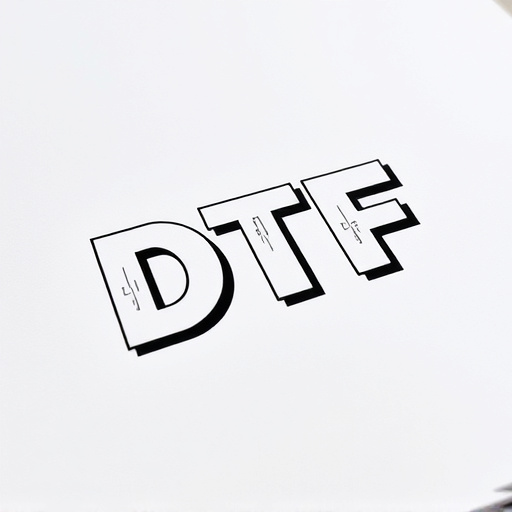
Setting up a Direct-to-Film (DTF) transfer company requires an investment in the right equipment and materials to ensure high-quality prints. The core of your DTF printing process involves specialized machinery, including a flatbed printer or a screen printing machine capable of handling various ink types. High-resolution printers are essential for accurate detail reproduction on films and other media.
In addition to hardware, you’ll need a diverse range of consumables like DTF transfer papers, inks, and coatings. The choice of materials significantly impacts print quality and longevity. Opt for premium-quality transfer papers designed for DTF printing, as these offer better adhesion and color accuracy. A variety of ink options are available, each catering to different applications and aesthetics. Coating materials protect the prints from environmental factors, enhancing their durability and vibrancy.
Establishing Your DTF Transfer Company: Legal and Financial Considerations
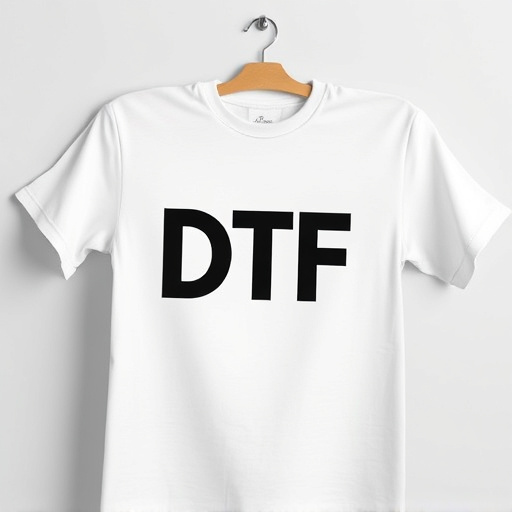
Establishing a direct-to-film (DTF) transfer company involves careful legal and financial planning to ensure success in this specialized printing niche. First, register your business and obtain any necessary licenses and permits for operating a DTF printing service. This may include local, state, or national regulations, depending on your location and the scale of your operation.
From a financial perspective, secure funding is essential. Consider startup costs such as equipment purchases (e.g., DTF printers, inks, and materials), facility setup, marketing expenses, and initial working capital to cover operational expenditures until the business generates revenue. Developing a robust financial plan, including pricing strategies for your DTF prints, will help ensure long-term stability and profitability.
Marketing Strategies for Promoting Your DTF Services

To successfully market your direct-to-film (DTF) transfer services, leverage digital platforms to reach a wider audience. Create an engaging website that showcases your DTF Transfer expertise, highlighting the quality and versatility of your DTF Printing services. Implement search engine optimization (SEO) strategies by incorporating keywords like DTF, DTF Transfer, and DTF Prints throughout your content to enhance online visibility.
Utilize social media platforms to build a community around your brand. Share captivating visuals of your DTF prints, behind-the-scenes content, and client testimonials. Collaborate with influencers in the design or film industry to expand your reach. Additionally, consider email marketing campaigns to keep potential clients informed about your latest projects, special offers, and unique selling points, ensuring they choose your services for their next project.
Best Practices for Quality Control and Customer Satisfaction

Establishing a direct-to-film (DTF) transfer company requires meticulous attention to detail and robust quality control measures. To ensure customer satisfaction, implement consistent standards across all aspects of your DTF process. Start by using high-quality materials and equipment to produce precise DTF prints. Regularly test and calibrate your machines to maintain accuracy and consistency in print output. Employ experienced technicians who understand the intricacies of DTF printing and can identify even subtle defects.
Implementing a comprehensive inspection protocol before, during, and after printing is crucial. Conduct pre-print checks to verify design integrity, color accuracy, and material preparation. During printing, monitor progress for any signs of misalignment or quality degradation. Post-print inspections should focus on ensuring sharp edges, proper curing, and the absence of any imperfections or inconsistencies. Addressing quality issues promptly not only ensures customer satisfaction but also builds trust in your DTF transfer services.










